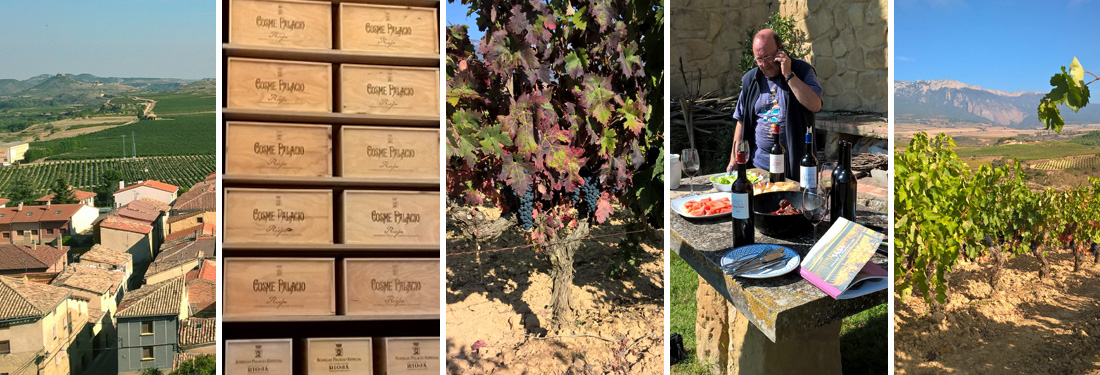
Three days in Spain
A flying visit to Spain was a great way to catch up with our producers in both Rioja and Ribera del Duero. With the harvest just starting in both regions it was great to walk the vineyards, amidst pickers and tractors!
Both regions have experienced an incredibly hot and dry summer and temperatures in the first week of October were still pushing 26°C.
Miguel Merino
A visit to Miguel Merino is always a pleasure and an impromptu lunch of chargrilled chuletas de cordero, chorizo and jamon paired brilliantly with his Reserva 2007. Working with a palette of vineyards totalling 10 hectares around the town of Briones, Miguel crafts wines that bridge the gap between traditional and ultra-modern Rioja. As one of our guests commented these are “thinking wines”.
Using a combination of French and American oak ,and vineyards dating back to 1931, Miguel’s production is small but high quality, with a rigorous grape selection at harvest. Tasting older vintages of Miguel’s wines makes you realise how brilliantly these wines evolve.
Bodegas Cosme Palacio
Our next stop was Bodegas Cosme Palacio, located in Laguardia in Rioja Alavesa. A beautifully-designed hotel complements the winery, which was founded in 1894 by eminent businessman, Don Cosme Palacio y Bermejillo. As with Miguel Merino, the focus here is on high-quality grapes and a modern approach to winemaking.
Tasting Cosme Palacio’s Crianza 2012 it is hard to distinguish it from a Reserva, and the quality of their 2010 Reserva wine is similarly strong. Sourced from a single vineyard, Valcavada, this is an elegant and expressive wine with brilliant tension.
Bodegas Navajas
At Bodegas Navajas, we joined Merche (the fourth generation of the family to be involved in the estate) for a visit to Rioja Baja to watch the first day of harvest for both Viura and Graciano.
Producing 2 million bottles a year for domestic and global sales is no mean feat. With just 30 hectares of their own vineyards, the Navajas family works closely with the network of growers they have established across Rioja.
The resulting wines are made in a classic Rioja style with their oak-aged Crianza Blanco and Crianza Rosado growing in popularity. It was great to taste through the range with a highlight comparing the current vintage, 2010 Reserva Rioja, alongside the 2001. The 2010 offers soft spice and red cherry on the palate, beautifully balanced acidity with great supporting tannins. Secondary aromas and flavours were evident on the 2001, which showed a developed palate with meaty, herbal flavours, together with long an elegant finish. Seeing the evolution of this Reserva, highlighted the ageing potential for a wine that is priced extremely competitively.
Bodegas Protos
On our final day we travelled south west to Penafiel to visit Bodegas Protos in the heart of Ribera del Duero, where the region’s considerable diurnal temperature shifts contribute to the wines’ hallmark elegance.
This is seen in Roble, their entry level red, right through to their Gran Reserva. Tannins are tightly grained in the Reserva and Gran Reserva wines, highlighting that these wines will develop brilliantly with age.
The only white wine Protos produces is a 100% Verdejo. It is a delicious white, with refreshing acidity married with ripe fruit. Enjoying 4-5 hours of skin contact and lees ageing, the wine has brilliant texture and length.
For our final lunch we were kindly hosted by Protos at Molino de Palacios, in the town of Penafiel. We saw the Protos Reserva 2011 and Gran Reserva 2010 come into their own when paired with a succulent roast lamb, “Lechazo churro asado”, a Spanich delicacy of suckling lamb.


